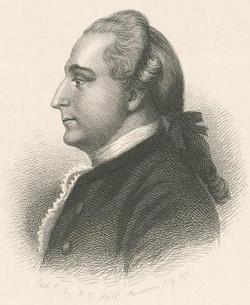
Lord William Campbell became the last British Governor of South Carolina, a position for which he had lobbied hard, because his wife was from South Carolina.
The Revolutionary War and the Dutch Fork is an interesting forgotten history to research. South Carolina’s discontent with England started in 1770. Lord William Campbell, governor of South Carolina had forbidden the South Carolina House of Commons to spend money from the treasury without his approval. His autocrat authoritarian way of governing deeply angered the young colony’s government.
The SC House of Commons saw this oppressive move as an attack on a constitutional custom of their colonial government. They refused to abide by Campbell’s ruling. He was, in essence, being a dictator, and not allowing the government to work properly.
This caused many seeds of anger to be planted against England. As a result of this, the normal process of government in the Colony was at a standstill for five years and the colonial government quickly disintegrated. In January 1775, a South Carolina Colonial Congress met in Charleston to discuss the meeting of the first Continental Congress in Philadelphia. They later decided to join in the fight to resist the British oppression, and formed The South Carolina Council of Safety.
This Council of Safety’s goal was to help raise up militias for the immediate service of the Carolina colony. In the summer of 1775, 244 years ago, the Council of Safety sent William Tennent, Judge William Henry Drayton, and Oliver Hart to travel throughout the state, including the backcountry, to find men who would fight for the newly forming nation.
On a map showing their journey, they crossed over the Broad River, visited Evan McLaurens store, that some think was in the Spring Hill area, Pomaria, and other areas, possibly on the present day US Hwy 176, which was the only road from Charleston to the upstate. They also visited the Saxa Gotha area, Granby, Columbia, and the Congaree area.

Judge William Henry Drayton was sent to the Back Country to gain support for the “American Cause.”
Henry Drayton wrote a letter to the council reporting that “I must inform you that after visiting the upper part of Col. Richardson’s Region and the High Dutch in the Fork between Broad and Saludy Rivers the former with great Success the latter with very little.”
The German settlers had sworn allegiance to the King of England to receive their land grants. They also were not involved with the grievances and politics between Charleston and England, and they were not interested in a war. Eventually, the Dutch Fork settlers would change their minds, and John Adam Summer would play an important role in that change.
During the Revolutionary War, an estimated one-third of the people in the American colonies remained loyal to England during the Revolutionary War.
In the Dutch Fork area, there were at least two Loyalist Regiments: the Dutch Fork Loyalist Militia and Steven’s Creek Militia. Both of these militias fought at the Battle of Ninety-Six (May 22 to June 18, 1781) and at King’s Mountain (October 7, 1780). Some of the Loyalists on lists have familiar names, and some of you may be related to them, however, that’s the beauty of history, it is full of surprises and is never boring.



 RSS - Posts
RSS - Posts